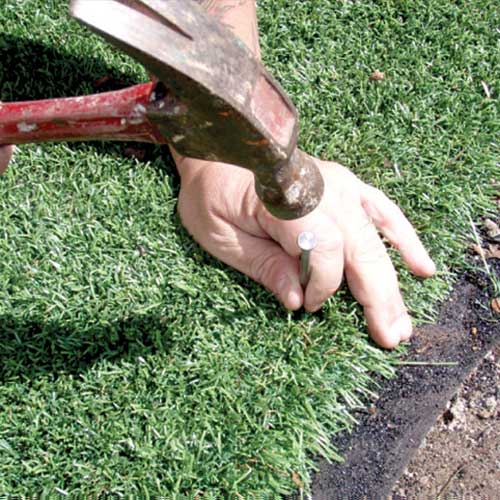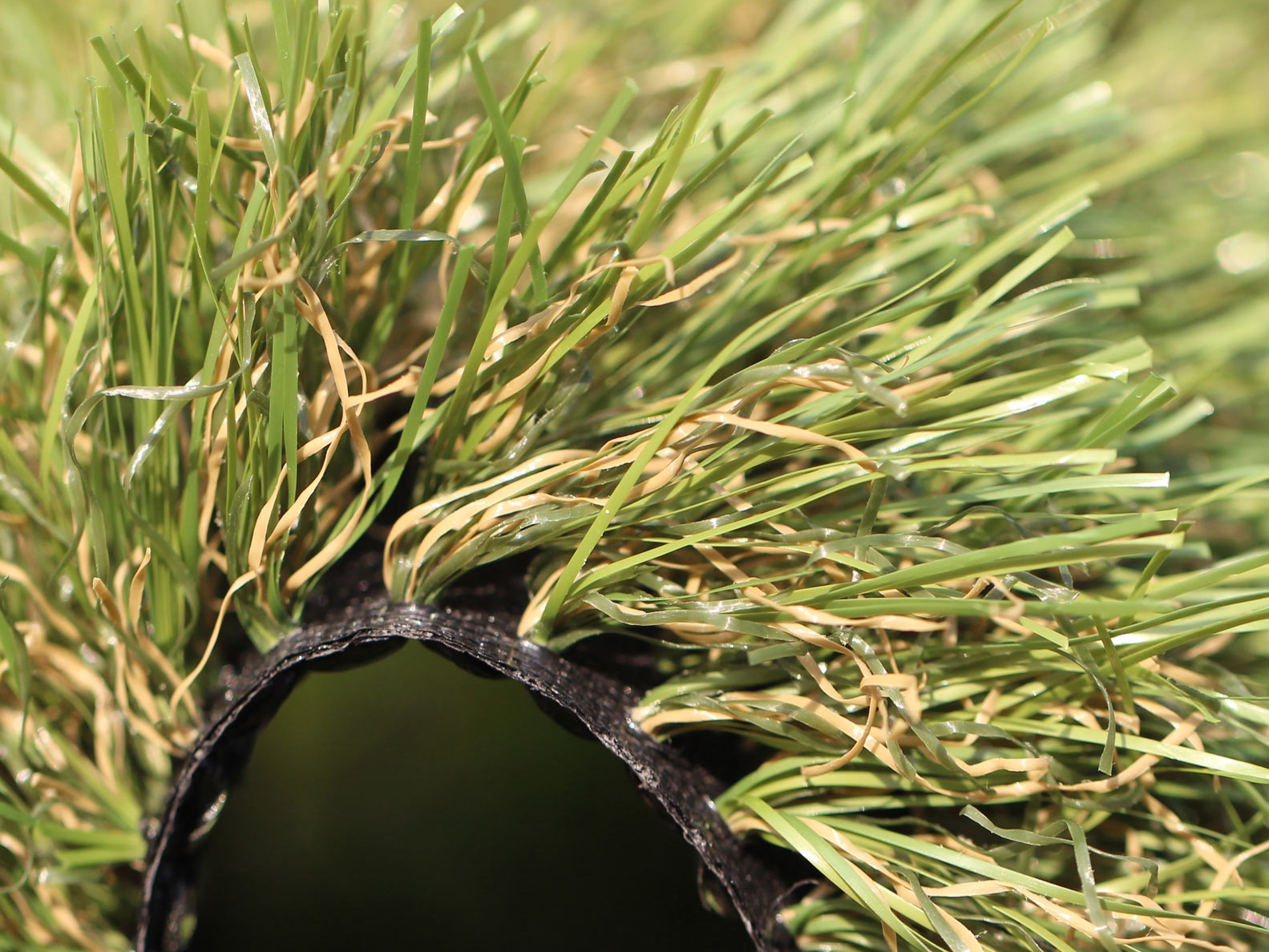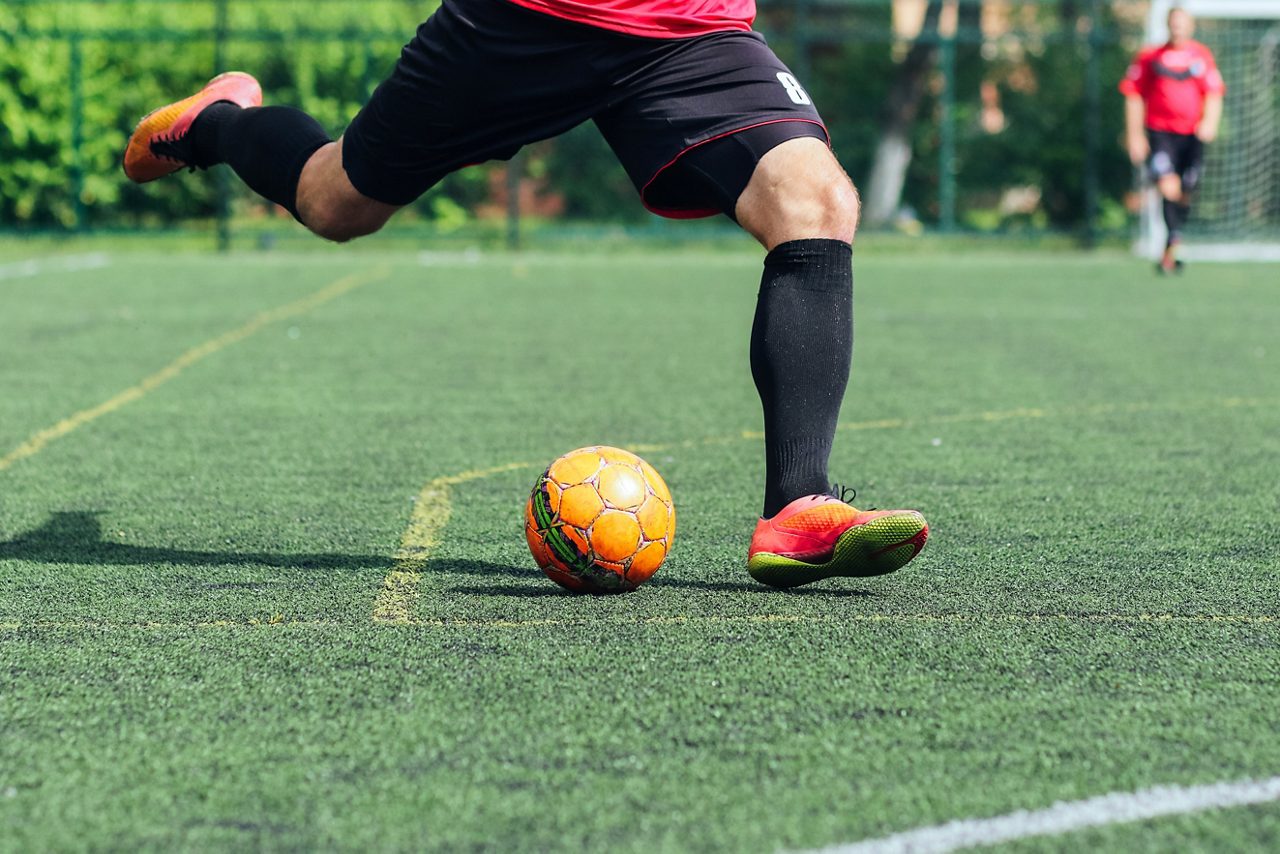Top Arizona Turf Suppliers Delivering a Realistic Lawn Option
Top Arizona Turf Suppliers Delivering a Realistic Lawn Option
Blog Article
Delve Into the Environmental Perks of Opting for Artificial Turf Solutions
The adoption of synthetic turf services provides an engaging opportunity to deal with pressing environmental obstacles. By dramatically lowering water use and decreasing the application of dangerous chemicals, these choices not only advertise sustainable landscaping yet also protect regional communities. Additionally, the lower carbon impact related to reduced upkeep tasks adds to a more lasting technique to land management. The implications of these advantages prolong past simple preservation efforts, elevating inquiries regarding their long-lasting effect on habitat preservation and overall ecological balance. Discovering these measurements exposes a complex interplay worth thinking about.
Water Preservation Conveniences
One of one of the most substantial benefits of synthetic grass is its capability to save water. Traditional turf yards require considerable watering, particularly in areas susceptible to drought or water constraints. On the other hand, man-made turf does not need watering, substantially decreasing the overall demand for water sources. This feature is particularly advantageous in arid areas where water shortage is a pushing problem.
By getting rid of the need for regular watering, man-made grass adds to sustainable landscape practices and helps mitigate the environmental impact of too much water intake. The preservation of water extends to the reduction of runoff, which can lead to soil disintegration and waterway contamination.
Additionally, the installation of artificial lawn permits communities and house owners to allot water sources a lot more efficiently, concentrating on essential uses such as drinking water and agriculture. The change in the direction of synthetic grass not only promotes liable water usage yet also aligns with broader environmental goals focused on preserving natural sources.
As neighborhoods increasingly prioritize sustainability, the water preservation benefits of synthetic grass present a compelling case for its fostering in industrial and domestic landscaping projects.
Decreased Chemical Usage
The transition to synthetic grass substantially decreases the reliance on chemical therapies generally used in all-natural grass maintenance. Conventional grass administration usually includes the application of plant foods, chemicals, and herbicides to advertise development and control pests. These chemicals can pose threats to human health and wellness, local wildlife, and the environment, adding to soil and water contamination.
In comparison, synthetic lawn eliminates the demand for these harmful substances. By minimizing the launch of synthetic compounds into the ecosystem, fabricated lawn advertises much healthier soil and water systems.
Additionally, the absence of chemical runoff connected with synthetic grass installments assists secure neighborhood rivers from air pollution, supporting aquatic life and maintaining biodiversity. Turf installation phoenix az. As areas significantly prioritize lasting practices, selecting fabricated grass provides a practical service that straightens with ecological preservation goals. Through this change, property proprietors can delight in lush environment-friendly spaces without jeopardizing ecological health, leading the way for an extra lasting future
Lower Carbon Impact

Additionally, the installment of synthetic grass can result in substantial water conservation. Natural yards require considerable amounts of water for like this watering, which not just contributes to the carbon impact related to water removal and therapy yet likewise pressures neighborhood water sources. On the other hand, artificial turf requires minimal upkeep, calling for no watering, consequently significantly decreasing water use and its associated power prices.
Additionally, the durability of synthetic lawn adds to its lower carbon influence. With a lifespan of up to 15 years or even more, the demand for frequent replacements is reduced, resulting in much less waste and lower power usage in production and dealing with conventional lawn options. Generally, man-made lawn presents a sustainable alternative for ecologically mindful landscaping.
Environment Preservation
Environment conservation is an essential factor to consider in the debate over landscape design options, especially when comparing synthetic grass to natural turf. Natural lawn yards usually require extensive upkeep, consisting of the usage of pesticides, plant foods, and herbicides, which can detrimentally affect local ecosystems. These chemicals can leach into the soil and waterways, harming indigenous plants and fauna and interfering with local habitats.
In contrast, synthetic grass offers a possibility to reduce the ecological footprint of landscape design. By going with artificial turf, house owners can reduce the disruption of all-natural environments linked with traditional grass care techniques. Fabricated grass gets rid of the need for harmful chemicals, consequently safeguarding nearby wild animals and keeping the stability of surrounding ecological communities. The setup of artificial lawn can lead to the conversion of previous grass locations right into even more biodiverse landscapes, such as pollinator yards or native plant areas, which can sustain neighborhood wild animals.
Inevitably, the shift to synthetic grass not just preserves water and lowers maintenance initiatives however additionally promotes a more harmonious relationship in between human tasks and the all-natural atmosphere, promoting habitat preservation in the process.
Long-Term Sustainability
Lasting sustainability is a crucial element in examining the benefits of synthetic grass over my blog standard lawn lawns. One of one of the most significant advantages of synthetic grass is its toughness; it can last approximately 15-20 years with marginal maintenance, whereas natural grass calls for regular reseeding and replacement. This longevity decreases the need for consistent sources, such as water, plant foods, and chemicals, which are necessary for keeping a healthy and balanced turf yard.
Additionally, synthetic grass adds to a decrease in carbon exhausts connected with yard treatment tools. Traditional grass typically call for gas-powered mowers, leaners, and blowers, every one of which add to air contamination. Arizona artificial turf. In contrast, synthetic grass gets rid of the requirement for such equipment, promoting a cleaner environment
Furthermore, the manufacturing of synthetic grass significantly uses recycled products, enhancing its sustainability account. As suppliers take on environmentally friendly techniques, the environmental footprint of synthetic grass continues to diminish.

Final Thought
The fostering of synthetic grass services presents considerable ecological advantages, consisting of considerable water conservation, minimized reliance on hazardous chemicals, and a reduced carbon impact. Synthetic lawn aids in maintaining natural habitats by reducing land disruption and promoting long-term sustainability with the use of sturdy materials. Collectively, these variables highlight the potential of artificial grass to add favorably to ecological wellness and supply a practical choice to conventional landscaping methods in a progressively resource-conscious world.
In comparison, man-made grass does not require watering, considerably decreasing the general demand for water sources. By reducing the launch of synthetic substances right into the ecosystem, man-made turf promotes much healthier dirt and water systems.
Moreover, the setup of man-made turf can result in significant water conservation. In comparison, synthetic turf needs marginal upkeep, calling for no watering, thus dramatically lowering water usage and its associated energy costs.

Report this page